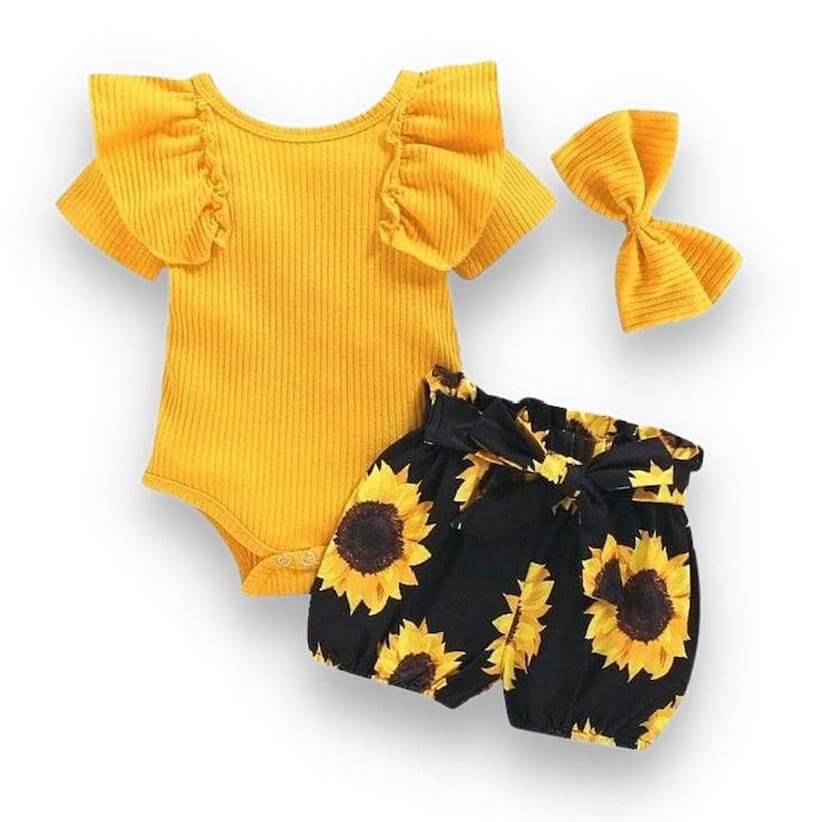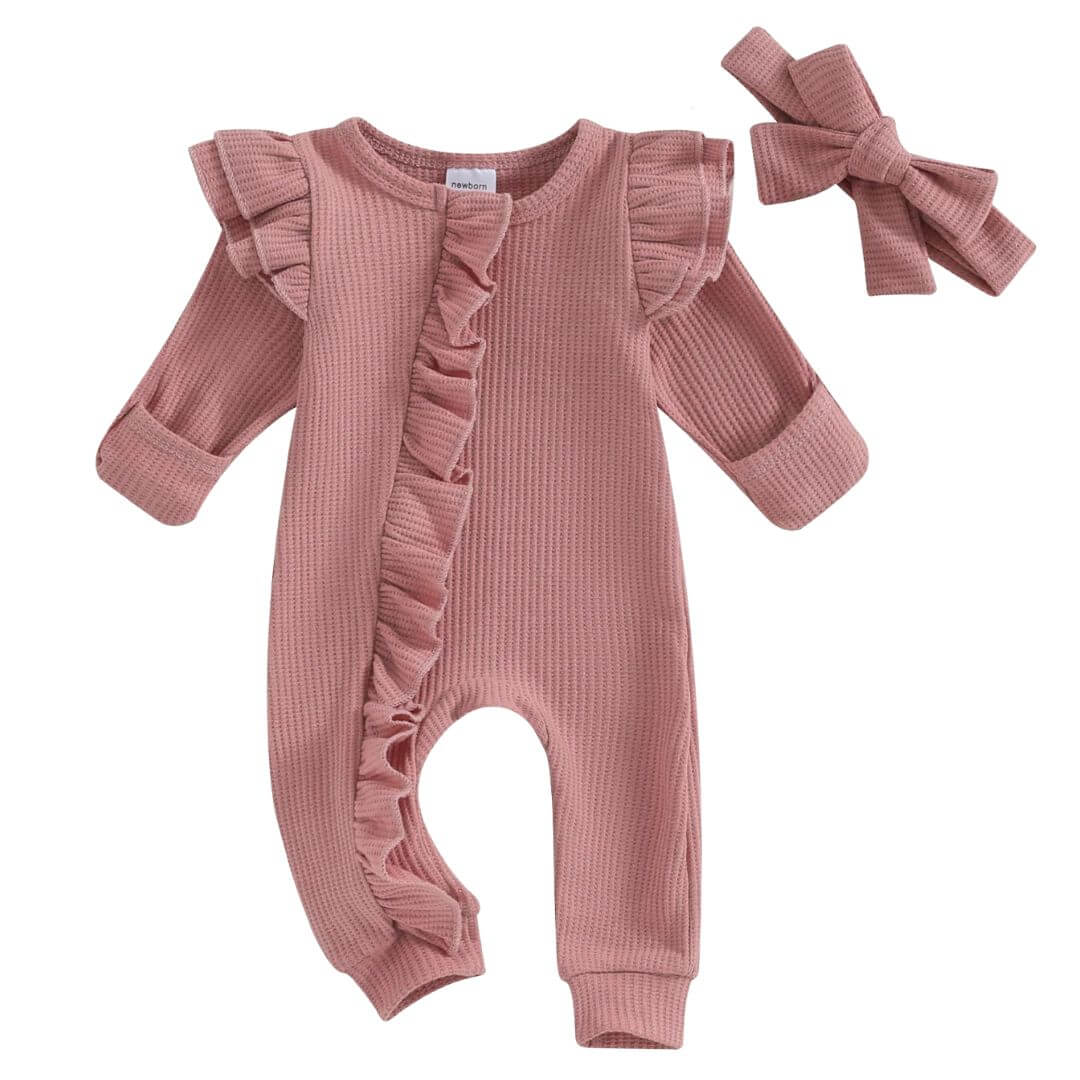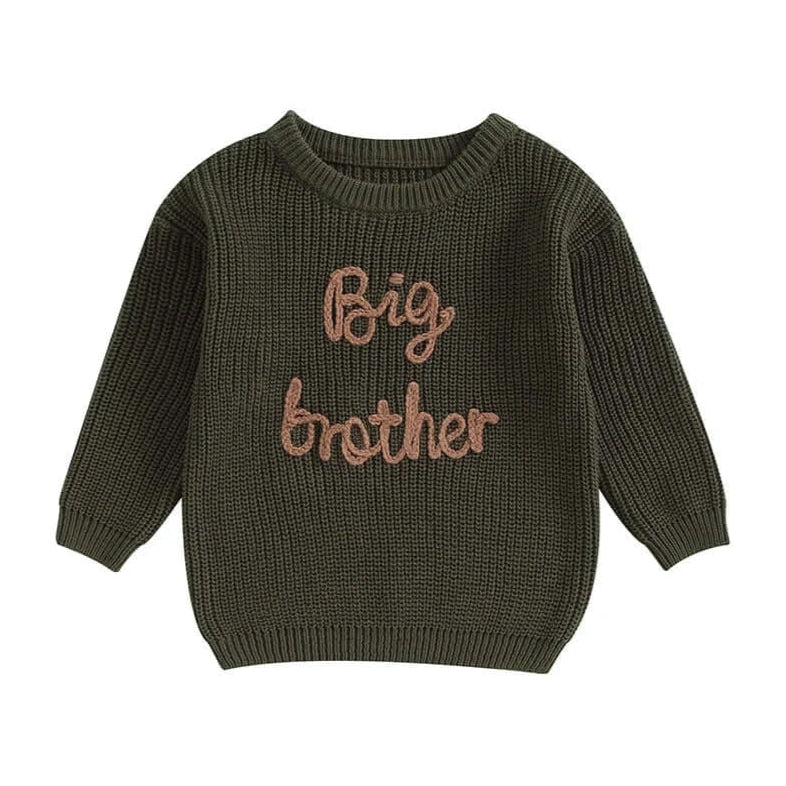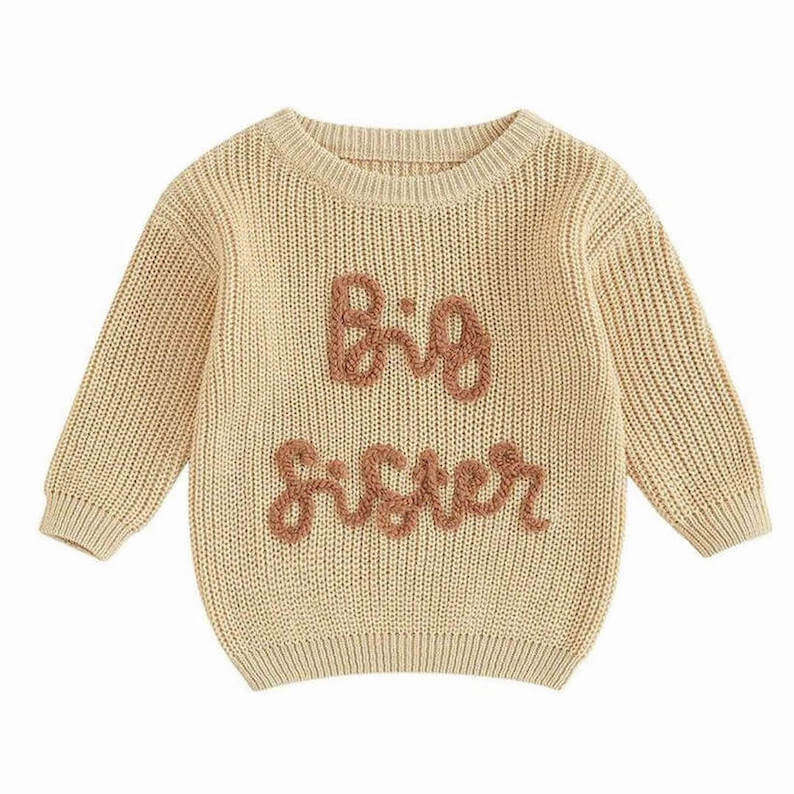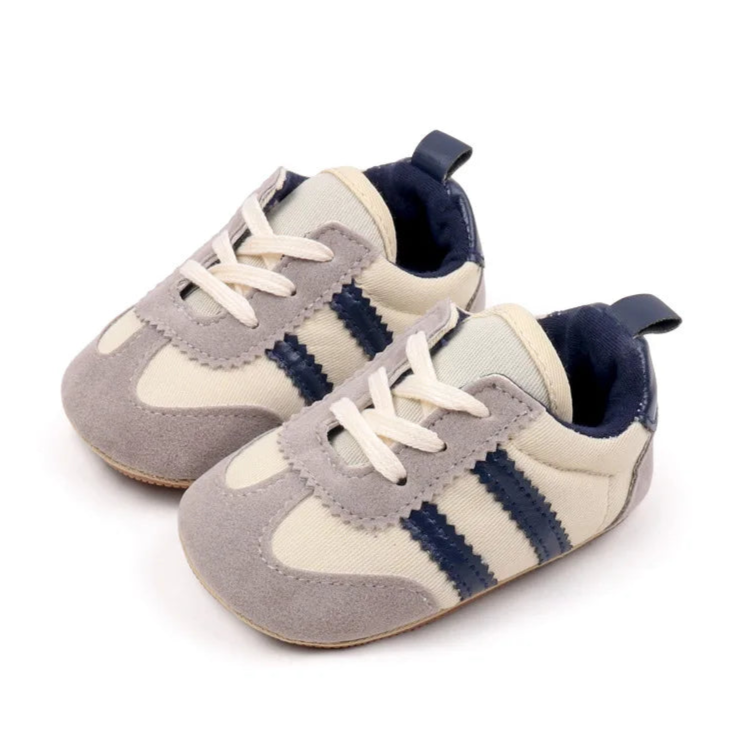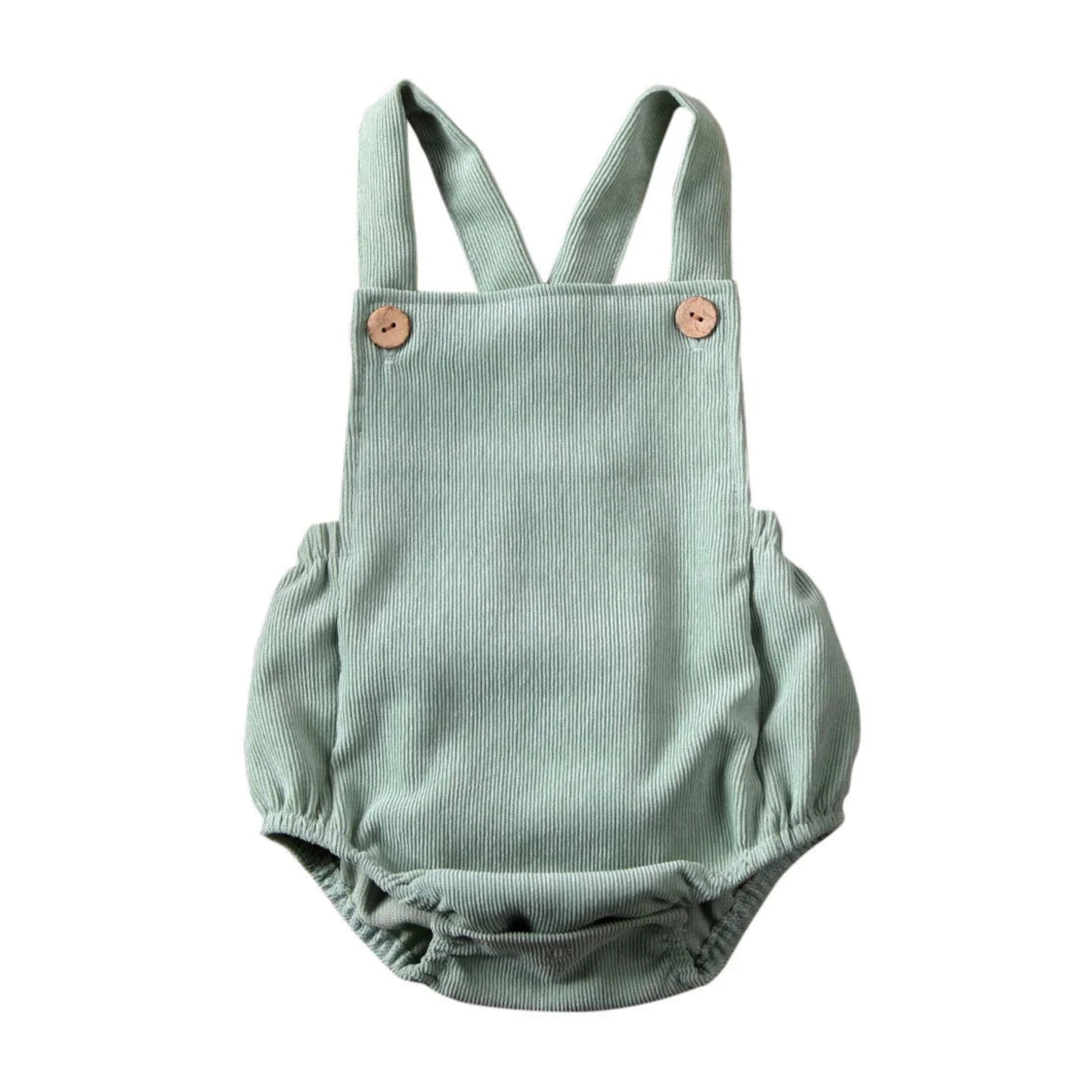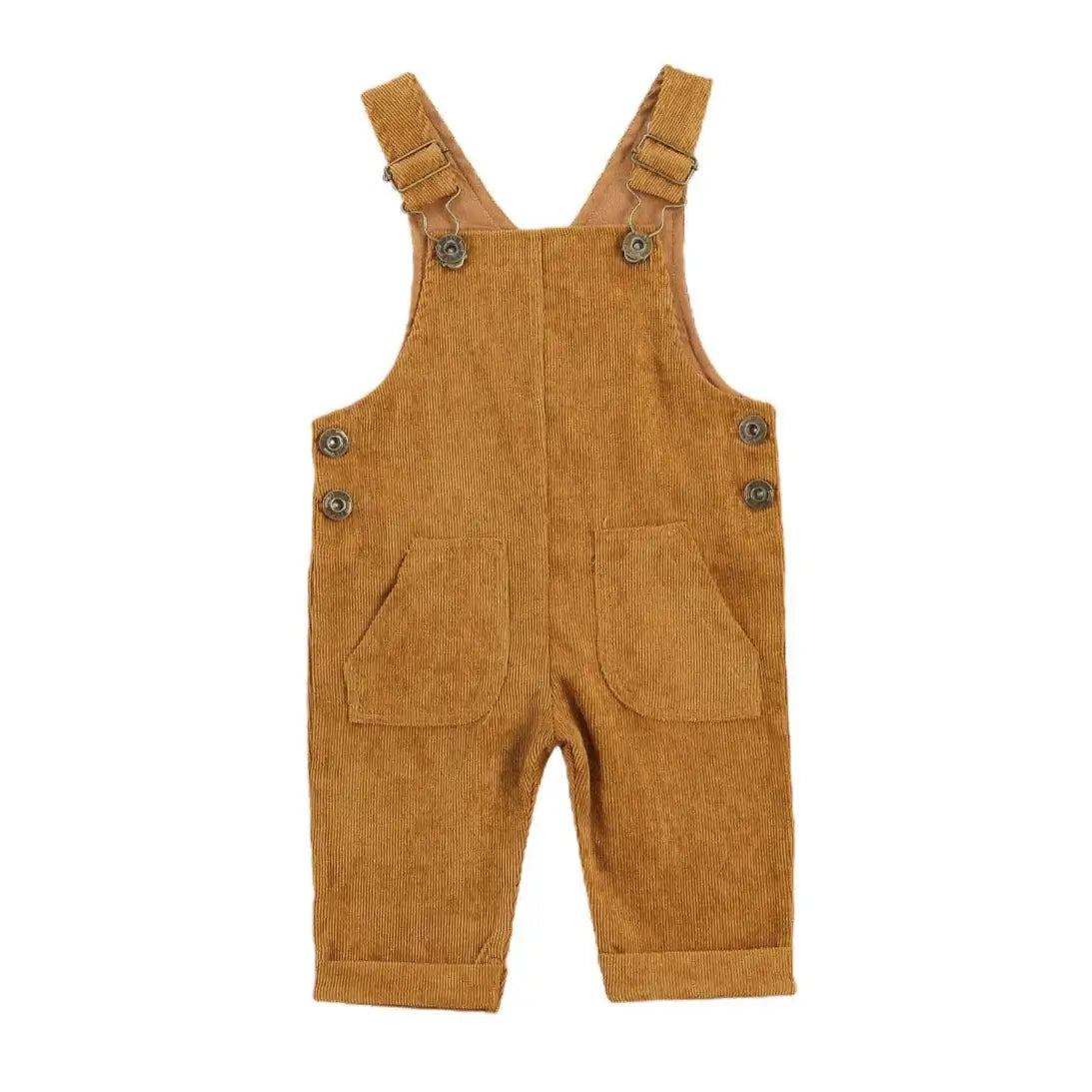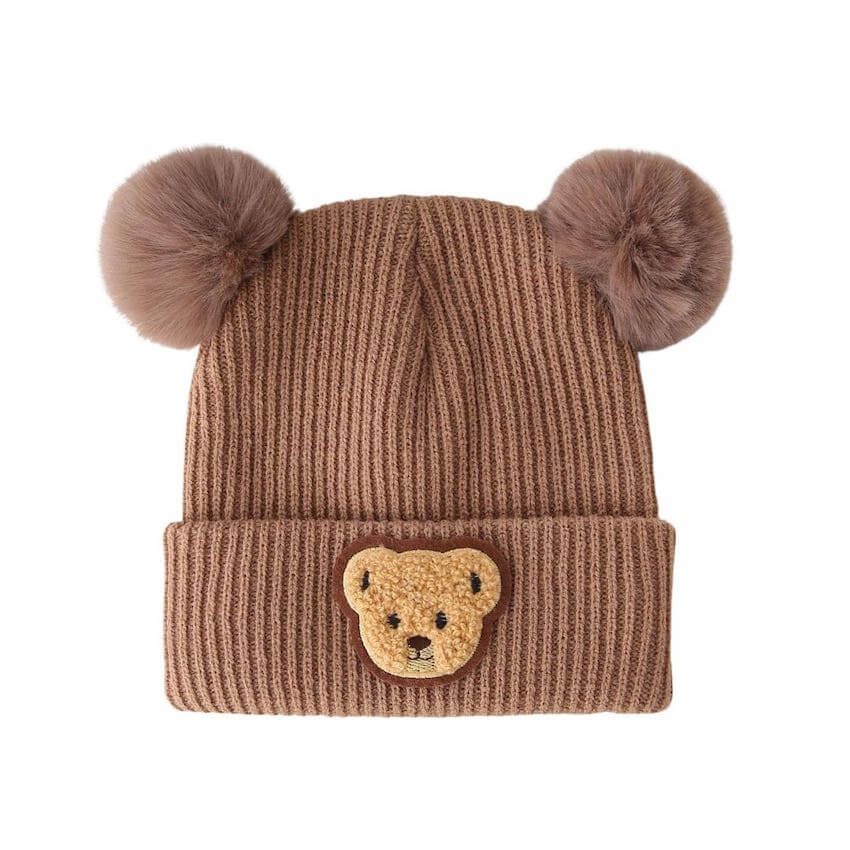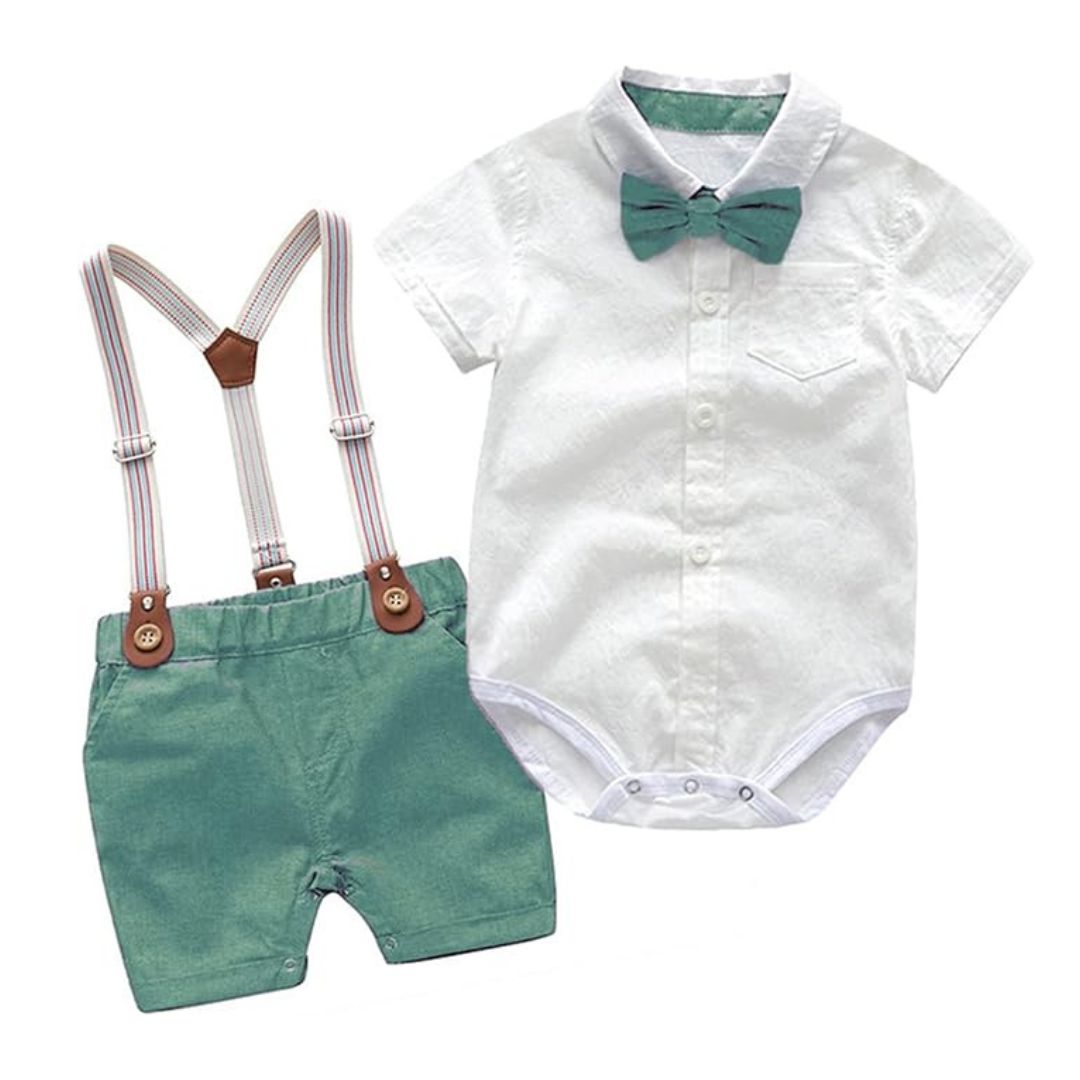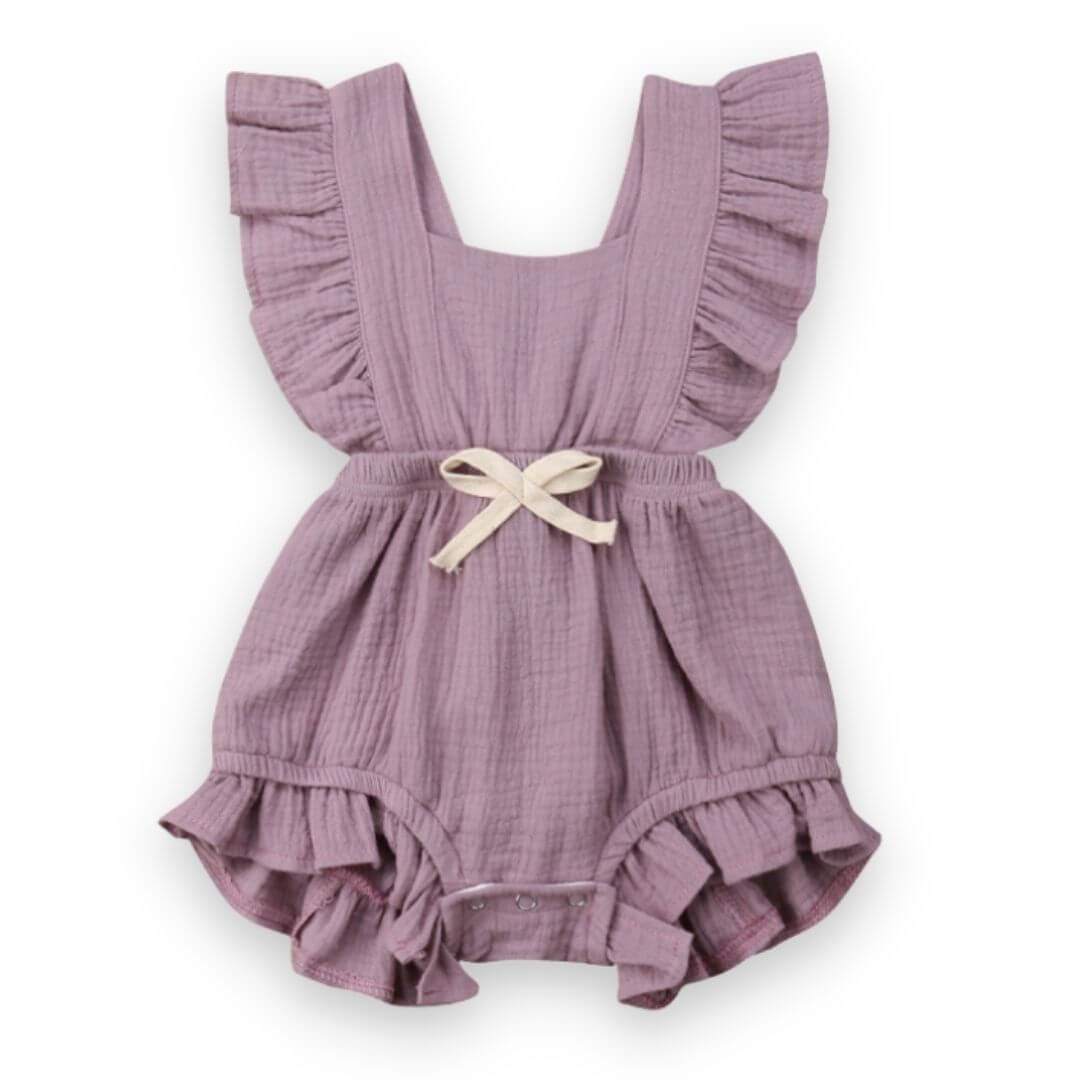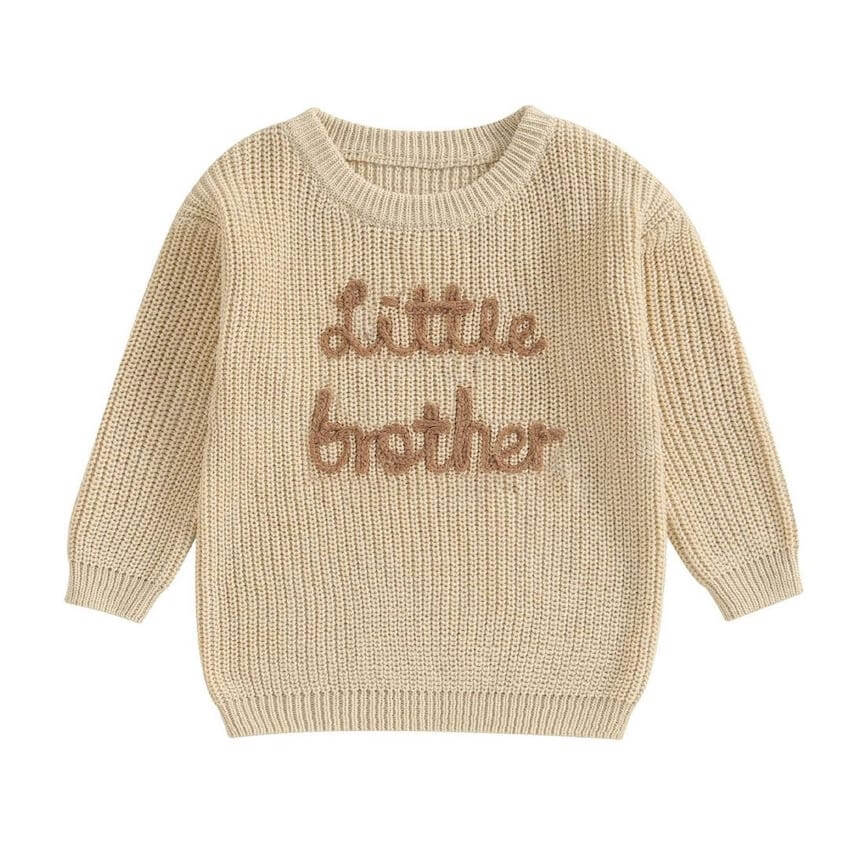Baby Clothes
10 Creative Ways to Reuse Outgrown Baby Clothes
July 03, 2025 4 min read
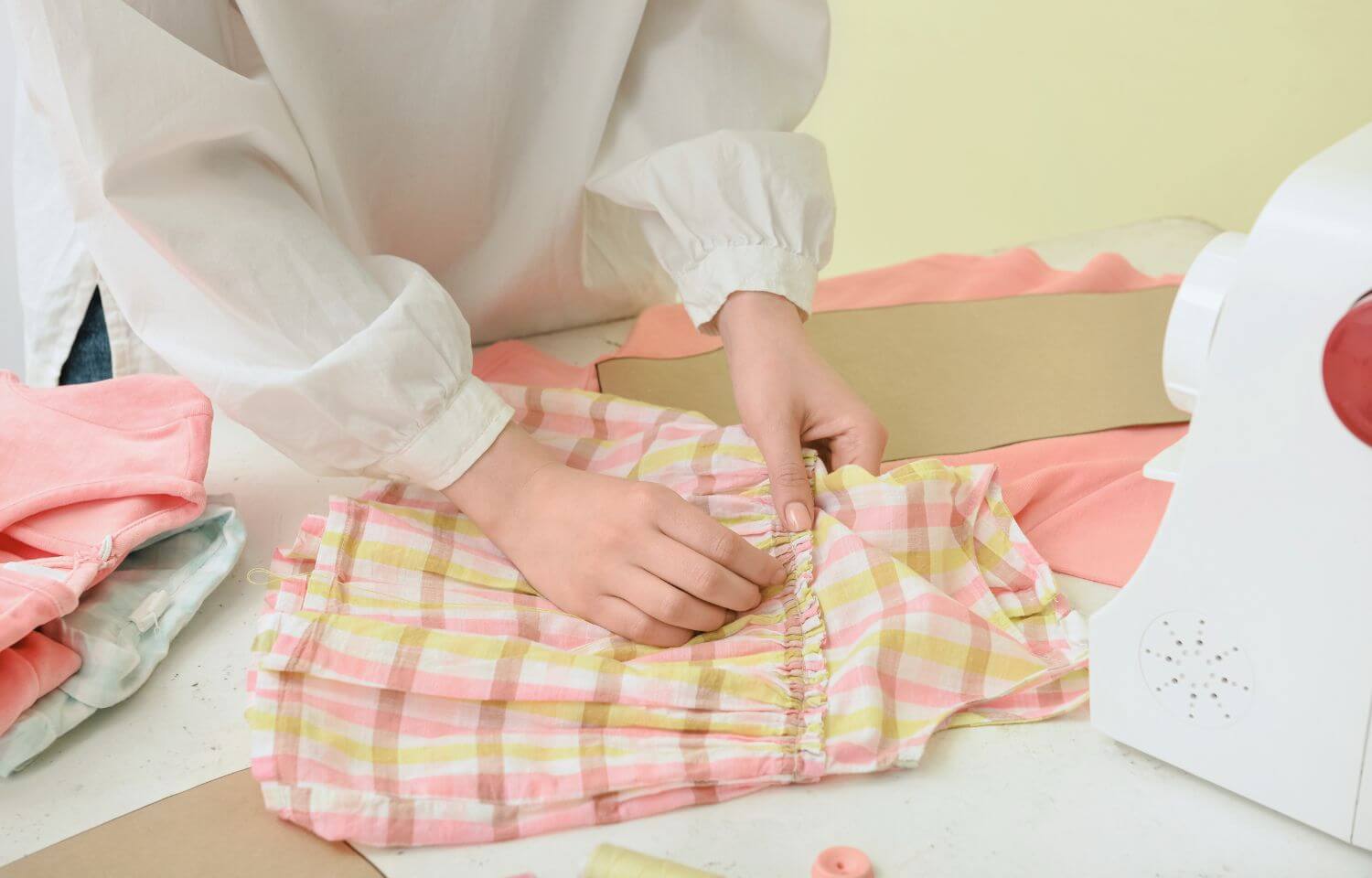
Babies grow out of clothes in the blink of an eye, leaving parents with piles of outgrown onesies, rompers and swaddles. Many parents find it hard to let go of these sentimental outfits - especially the ones tied to special moments.
Instead of tossing them or stuffing them in storage, why not repurpose baby clothes into something meaningful, fun or useful? Whether you're looking to upcycle baby clothes into keepsakes, DIY gifts, or practical items, here are 10 sustainable ways to give your little one's outfits a new life.
1. Make a Memory Quilt or Keepsake Blanket
Turn your baby clothes into a patchwork quilt that celebrates your child’s earliest years. Choose special pieces like the first birthday outfit or favourite sleepsuits, sewing them into a cosy, nostalgic blanket.
Tip: If you’re not confident with a sewing machine, consider a local craft service or try a no-sew fleece alternative.
2. Create Patchwork Cushions
Patchwork cushions are a wonderful alternative if a full quilt feels too ambitious. Use larger fabric pieces from dresses, shirts, or pyjamas to craft unique cushions for your child’s bedroom, a playroom, or even your living space. They add a personal, handmade touch to any room.
Tip: Envelope-style cushion covers are simple to make and don’t require zips or buttons.
3. Frame Special Baby Clothes as Wall Art
Some outfits are just too iconic to cut up – that going-home outfit, their first Christmas romper, or a particularly adorable hand-knitted cardigan. Consider framing them in a shadow box. It makes for beautiful, sentimental wall art for their nursery or your home.
Tip: Add their name and perhaps birthdate or the occasion for an extra special touch.

4. Sew Soft Toys from Familiar Fabrics
Turn soft fabrics like old onesies or swaddles into stuffed toys. Whether it's a teddy bear, bunny, or quirky monster, your child will love having a toy made from clothes they once wore.
Tip: Reuse pillow stuffing for an extra eco-friendly touch.
5. Repurpose Baby Clothes as Doll Outfits
Outgrown baby clothes are often the perfect size for doll fashion! Turn sleeve cuffs into skirts, or use baby socks as mini jumpers for soft toys.
Tip: Simple no-sew options using fabric glue can work for some doll clothes too!
6. Cut Old Clothes into Cleaning Cloths
When clothes are too worn or stained for reuse, turn them into reusable cleaning rags. Soft, absorbent cotton items like old singlets, muslin wraps, or well-worn t-shirts make fantastic cleaning rags, dusters, or spill wipers. It’s a practical way to give them one last hurrah.
Tip: Cut them into uniform sizes and keep a stash under the sink.
7. DIY Fabric Gift Wrap (Furoshiki Style)
Embrace a touch of Japanese tradition and sustainability by using old swaddles or cot sheets as reusable gift wrap. Known as Furoshiki, this technique is beautiful, eco-friendly, and adds a personal touch to presents.
Tip: Search online for simple Furoshiki wrapping tutorials – no cutting or sewing required.

8. Make Headbands and Hair Accessories
Turn stretchy leggings or printed dresses into cute headbands and bows. It’s a low-effort, fun way to breathe new life into otherwise unusable pieces, and requires no or minimal sewing.
Tip: Use the waistband of old tights for comfy, stretchy headbands.
9. Cut Appliqué Patches for Repairs or Decoration
Cut out cute motifs, characters, or simple shapes from outgrown clothes and use them as appliqué patches on new items. You can sew or iron them onto new clothes, library bags, jeans to cover a small hole, or even a plain cushion to add a pop of personality.
Tip: Use interfacing on the back of delicate fabrics to make them sturdier for appliqué.
10. Organise or Join a Kids' Clothing Swap
Connect with other local parents (perhaps in your mothers' group, or online community) to organise a clothing swap. It’s a fantastic way to clear out your child's outgrown items and "shop" for the next size up for free! Everyone brings their good-quality, clean outgrown clothes, and you can trade, creating a circular economy for kids' wear.
Tip: Set clear guidelines beforehand about item condition and how the swap will work (e.g., item-for-item, or a points system).
Give Outgrown Clothes a New Life
Reusing baby clothes is about more than just being resourceful; it’s about cherishing memories, embracing sustainable practices, and creating new family traditions. From sentimental keepsakes to incredibly practical uses, there’s a creative way to breathe new life into your little one's wardrobe once they've outgrown them. It’s a small step that makes a big difference for both your home and the planet.
About the Author:
Emma is a mother of two, a passionate advocate for sustainable living, and a keen DIY enthusiast. With years of experience navigating the joys and challenges of parenthood, she loves sharing practical tips for eco-conscious families. She believes in finding creative solutions to everyday dilemmas, making life a little greener and a lot more meaningful.
Recent Articles
- The Best Baby Registry in Australia: A Babylist Guide
- Best Online Baby Clothing Stores Australia
- Fun Baby Shower Games (No Cringe Factor!)
- The Ultimate Guide to the Best Pregnancy Apps in 2025
- 10 Creative Ways to Reuse Outgrown Baby Clothes
- Flying with a Baby? 15 Expert Tips from a Mum of 4
- 13 Pram Buying Mistakes Aussie Parents Wish They’d Avoided
- 10 Best Newborn Baby Gifts
- How to Choose the Perfect Baby Name
- Bringing Your Baby Home: What You Will Need


